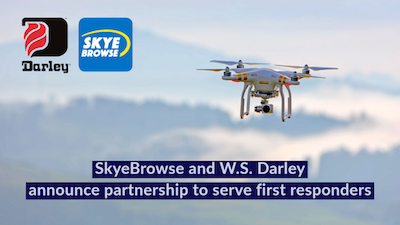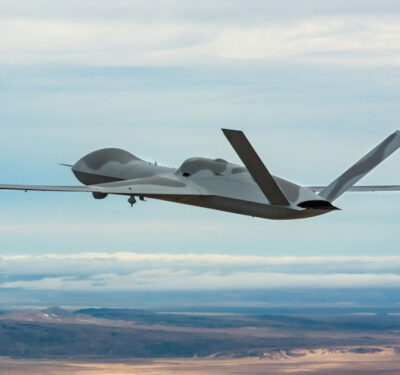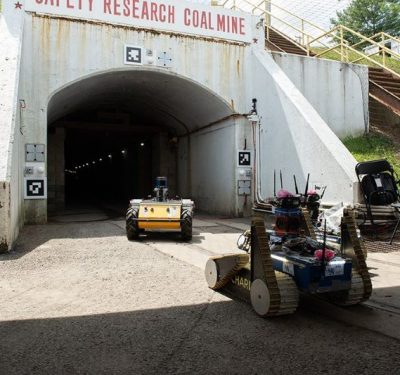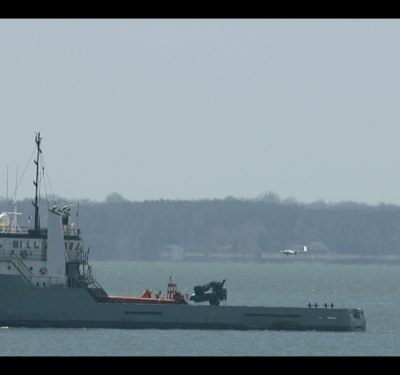
Photo by Owen Farmer via Unsplash.
The United States government is seeking insights into how it can reduce the regulatory load on the unmanned aviation and self-driving vehicle (SDV) industries by reducing or eliminating differences between American and Canadian regulatory requirements. The request is part of a larger effort to reduce duplicative rules being coordinated under the auspices of the Regulation Cooperation Council (RCC).
Established in 2014 the RCC seeks to trim unnecessary rules to aid trade and streamline activity. It is co-chaired by the Treasury Board of Canada Secretariat (TBC) and the Office of Information and Regulatory Affairs (OIRA), which is part of the White House’s Office of Management and Budget.
The current request for information (RFI), published October 17 in the U.S. Federal Register, is broader than earlier RFIs and seeks input on what sort of international regulatory cooperation might be beneficial across all agencies, not just those presently engaged in such work.OIRA intends to share the suggestions it receives with the appropriate US agencies and possibly with its RÇC co-chair”to get a broader perspective on these policy areas, including the potential cost reductions that could result from cooperation.”
OIRA has six priority areas on which it is especially keen to get input:
(1) Particular sectors or issues for which the RCC should consider future regulatory cooperation or further regulatory alignment to reduce burden or other cost, including for emerging technologies that are not yet regulated.
(2) Particular forms, surveys, or other information collections that exist in both the United States and Canada where consolidation could reduce burden or increase practical utility.
(3) The appropriate role for stakeholders in furthering international regulatory cooperation and how stakeholders can best engage with Canadian and U.S. regulators on regulatory cooperation opportunities.
(4) Cooperative mechanisms or arrangements such as co-development, co-funding, or co-piloting which can be used to promote future international regulatory alignment.
(5) Potential alternatives to direct regulation or innovative and flexible approaches to regulation, including for emerging technologies.
(6) Whether the RCC should continue the existing set of work plans and/or whether activities in the work plans should be revised better to reflect developments in the relevant sectors.
The work plans, available here, had, for example, the Federal Aviation Administration and Transport Canada identifying timelines and objectives for developing beyond-visual-line-of-sight regulations from 2017-2018.
Under the work plans the same two agencies are supposed to be collaborating through the end of next year to develop certification requirements for in-vehicle, after-market, and roadside connected vehicle equipment. This includes launching collaborative technical projects to support Department of Transportation connected vehicle (CV) pilot programs, including a minimum of one Canada-led CV pilot.
Comments are due by 11/8/18 and can be submitted at www.regulations.gov. The Docket number is 83 FR 50689.






